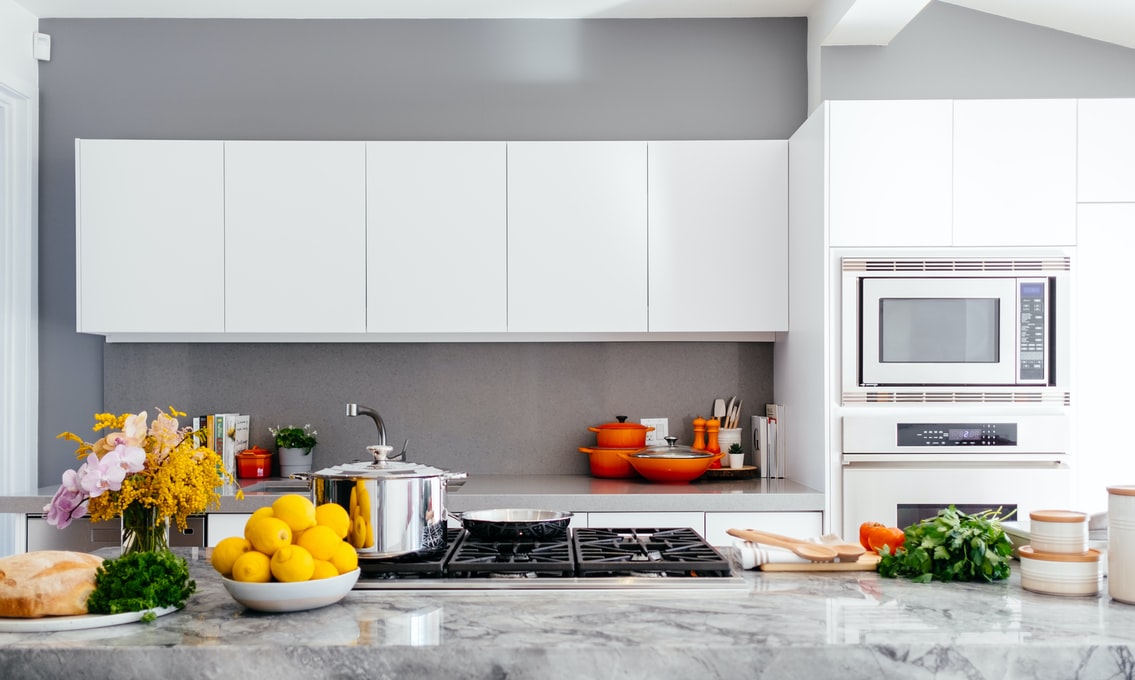 If you are keen to learn, you will realize that some little plumbing duties are possible without calling for the services of a professional plumber. You just need to have some important plumbing tools and you are set to get started. Just start by learning how to fit a kitchen sink waste.
If you are keen to learn, you will realize that some little plumbing duties are possible without calling for the services of a professional plumber. You just need to have some important plumbing tools and you are set to get started. Just start by learning how to fit a kitchen sink waste.
People will mostly install kitchen sink waste at the time that they are installing a newly bought kitchen sink. In fact, it is at this time that they fix a new countertop, flooring, new kitchen faucet, and other kitchen appliances.
If you know how to fit a kitchen sink waste, this can be achieved at a considerably less amount of money. Going about how to fit a kitchen sink waste is not that complex as most people think. It is important for any DIY plumber to know how to fit a kitchen sink waste.
The trickiest part when it comes to fitting a kitchen sink waste is connecting the sink drain. The sink drain refers to the pieces that connect the waste-line and the sink tailpiece. Since this can be done hassle-free, you need to start working from the tailpiece and extend the work downwards.
Contents
Why you need to Install a Kitchen Sink Waste
Would you like to fit a kitchen sink disposal waste hassle-free? Well, this article will outline everything for you. First, you will realize that a typical kitchen normally has a lot of organic waste that needs to be disposed of well. Such waste should not just be released into the environment just like that. Also, these waste materials should not be allowed to remain in the kitchen for longer periods.
Therefore, there is a need to have a kitchen sink waste disposal. This way, your kitchen will smell better. In fact, it will be easy for food to sip into the drain as you wash your dishes. However, if the sink is not equipped to handle food debris that falls down the drain, such food debris might stick around and make your kitchen smell.
Since the organic waste will be ground in the kitchen waste garbage disposal, you can trust that you will be able to save the environment in the long run. Having a kitchen sink garbage disposal can help you save more money as you will have less garbage being collected at a fee. Therefore, installing this kitchen waste in your home is a good investment for your home.
Materials Required
It is important for any DIY plumber to know the materials that will be used when fitting kitchen sink waste. Here is a list of the important materials one must-have.
- Washer
- Slip-Nut
- PVC primer
- PVC cement
- 1 ½” PVC pipe
- 1 ½” plastic trap adapter
- Plumber’s tape
- Hacksaw
- 2-inch P-trap
- 2-inch PVC pipe
- The new kitchen sink waste
Procedure: How to Fit a Kitchen Sink Waste
If it is a new kitchen sink waste, first follow the step on the positioning of the sink layout shown below. For an already existing kitchen sink waste, follow the subsequent phases.
1. Layout location of the Sink
- Ensure you mark the back edge of the counter to the center sink in the cabinet. In case the sink has a template, ensure that you correctly align it with a mark on the counter.
- You also need to have its back edge placed 1½ inches parallel and away from the counter. Have it traced around before you move to the next step.
- In case there is no template, you can opt for the 2-inch tape to help you outline the sink’s location.
- At the back lip, make sure that you accurately mark the sink’ core. After this, you need to precisely align your kitchen sink to the counter for proper installation.
- Before fitting the sink, ensure that it can leave 1½” between the back edge and the backsplash, while at the same ensuring that the sink is parallel to the positioning of the countertop.
- Now that you have marked the positioning layout of the sink, you can remove it.
The following are the essential steps that you should follow if it is not a fresh installation.
2. Remove the existing drain
As you remove the existing drain, you should first turn off the water to the sink. It is important that you excise some caution when installing this unit. If you already have an existing outlet that is connected to the power supply, you should first switch off the power before you proceed.
After that, you can remove the existing waste pipe or pipes if you have a two-bowl sink in your kitchen. You should not throw away these pipes as you might need them later long in life. This is more important if the pipe is plastic with compression or threaded-type fittings.
However, if the pipe is welded, you can toss it. When unscrewing the fitting, you can use groove-joint pliers to get this done. For the welded pipe, you can use a hacksaw to cut it.
It is essential that you read the instructions from the manufacturer of the garbage disposal before you start anything. Different models usually need to follow specific steps when installing them. Also, you should ensure that you have enough room underneath your sink to install this unit. It is vital that you place a bucket under the drain to trap any water that might spill as you remove the drain plug.
3. Remove the sink strainer
This refers to the fitting secured to the sink bowl. In most cases, it is usually held with a large lock nut. However, other models are held with three screws. Once you remove it, you should install the flange that comes with the waste disposal unit.
However, before you do this, you should roll the plumber’s kitty between your hands until you have the piece that fits around the base of the flange. After that, you can app the putty under the flange’s lip before you place the flange firmly in the drain hole. This will help you form a seal with the sink bowl.
4. Install the mounting assemble
As you install the mounting assembly gasket, you should follow the instructions of the manufacturer. Here, you should install the mounting assembly gasket and retain the rings onto the flange and then tighten the screws.
It is vital that you deal with one screw at a time. You should tighten one after the other until the gasket and flange are both tight to the sink bowl. Thereafter, you can remove the excess putty from the flange inside the bowl using a piece of cloth or even paper towels.
5. Mount the kitchen waste disposal
Here, you should mount this unit to the flange according to what the manufacturer has indicated in the instructions. You should attach the drain elbow. If you have a dishwasher in your home, you can prepare the disposal drain as per the instructions of the manufacturer.
Thereafter, you can slip the unit’s disposal slotted flange over the mounting bolts. After that, you can then attach the disposal’s discharge tube following the instructions of the manufacturer.
As you mount this unit, you can consider connecting it to the power supply of your home. Here, you can connect the power supply to the unit before you mount it. This way, you will have an easy time once you have finished the installation process. It is important that your cables are long enough to reach your desired power source.
6. Connect the waste pipe
Once you have mounted the unit, you should connect it to the waste pipe. Here, you should cut the P-trap as needed and then rotate both the trap section of the P-Trap and the disposal. Ensure that you tighten the waste pipe fittings and the disposal waste unit such that there is no leaking and so on.
If you have a dishwasher in your home, you can connect it to the disposal waste using a dishwasher hose with a stainless steel hose clamp.
7. Connect it to the power supply
After the installation process is completed, time is ripe for you to connect it to the power supply. Here, you should connect it to a grounded 15 or 20 amp circuit. However, this should depend on the requirements of the waste disposal model.
If you do not have an outlet under your sink, you can consider installing one. However, if you already have one, you can just plug in the power cord. For some models, the power cord is not attached to them.
Therefore, you need to complete it on your own. As you make the electoral connections, you should ensure you follow the guidelines of the manufacturer.
8. Test your unit
Once you through with the connections, you should test the unit to verify if it is working well. Besides this, you should turn the water back on and then activate the unit as you run cold water down the drain.
In case you notice that the kitchen sink waste disposal unit is not firing up, you can re-check your connections. Also, try to see if there are any leaks from the pipes that are connected under the sink. If everything is fine, you can readily start using the kitchen sink waste disposal unit.
Conclusion
The above guide can help you install this unit hassle-free. Follow these steps, and everything will be successful. Your kitchen will smell fresh, and you will have a better way of dealing with waste. A kitchen sink waste disposal unit is a good investment for your home. Buy and install it today, and you will not be disappointed.
